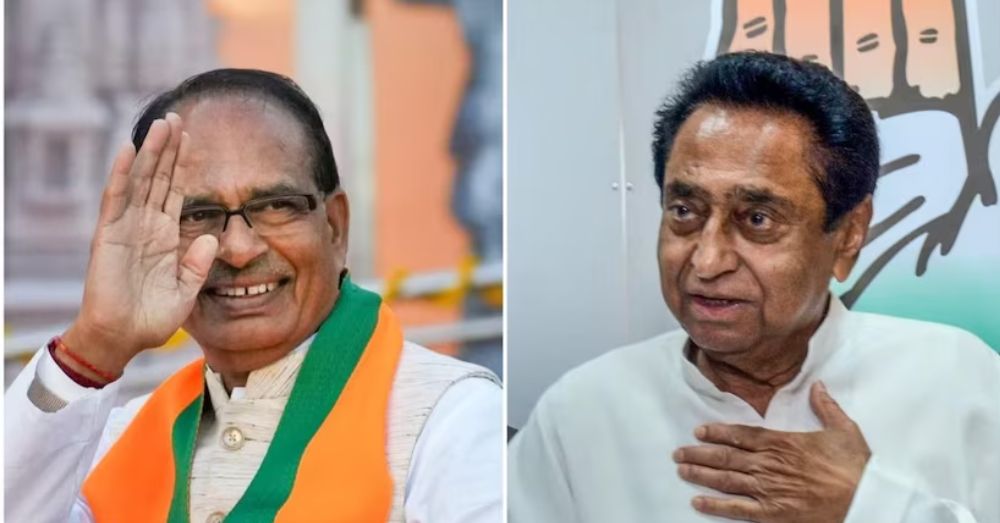The BJP secured a decisive victory in the Madhya Pradesh Assembly elections, claiming 163 out of 230 seats. Meanwhile, the Congress, banking on nearly two decades of anti-incumbency, only managed to secure 66 seats. Despite attributing its loss to EVM tampering, the Congress faced astonishment as the BJP mirrored its 2013 performance, where Shivraj Singh Chouhan led the party to victory with 165 seats.
- Highlighting the BJP’s success, key factors include the Chouhan government’s impactful welfare schemes, with the Ladli Behna Yojana being a standout “game changer.” Chouhan, post-victory, credited women beneficiaries, stating, “Ladli behnas have removed all obstacles.”
Divergent ticket distribution strategies played a pivotal role in the election dynamics. While the BJP, under the guidance of Amit Shah, proactively addressed dissidence by announcing candidates early, the Congress, lagging in response, faced challenges in managing protests and suffered losses.
The BJP adopted a strategic approach in the elections, opting not to project a CM face and instead fielding prominent figures like Union ministers Narendra Singh Tomar, Prahlad Patel, and Faggan Singh Kulaste, along with Kailash Vijayvargiya and four sitting Lok Sabha MPs.
This move allowed the party to showcase multiple potential CM candidates, turning what seemed like a drawback into a tool to combat two decades of anti-incumbency. The decision also granted Chouhan the flexibility to tour the state freely rather than being confined to challenging areas.
- In the run-up to the elections, the BJP focused on 82 seats where the tribal and Dalit votes held sway. It won 24 of the 47 ST-reserved seats, and 26 of the 35 SC-reserved seats.
Aiming for a 52% vote share at each booth, Amit Shah directed the BJP’s 40 lakh booth-level workers, emphasizing strong outreach to Dalit and tribal communities. The party established committees in 96% of the state’s booths, maintaining constant communication with leaders.
BJP’s strategic focus on booth expansion, ideological training, and targeted outreach, utilizing beneficiary databases, ensured high turnout on polling day. In contrast, Congress struggled with organizational lapses, lacking resources and efficient election management, particularly evident in BJP strongholds, leading to criticism during the post-election party meeting.
